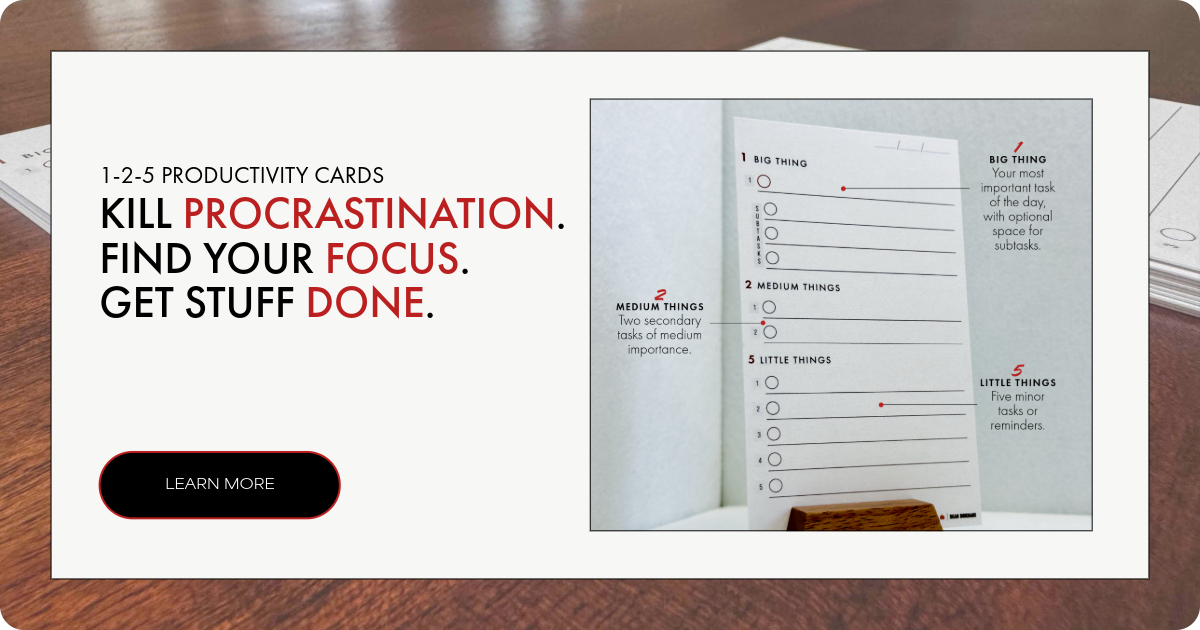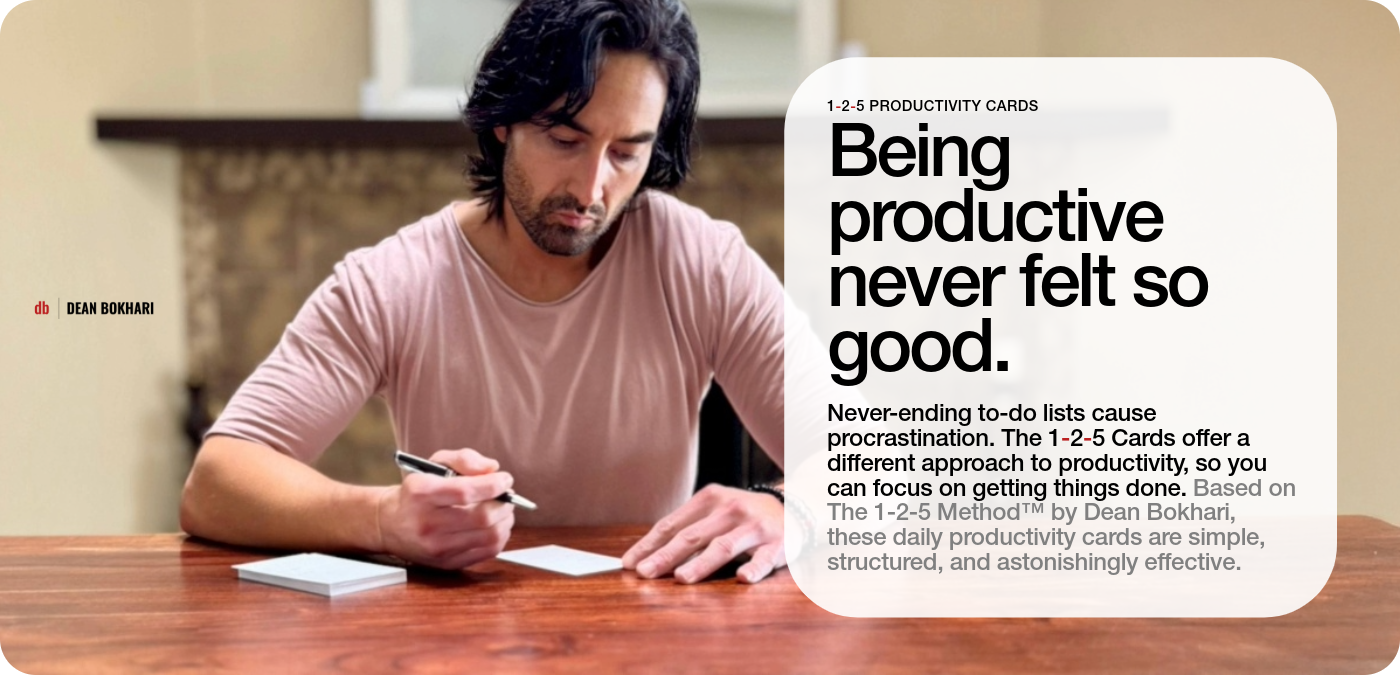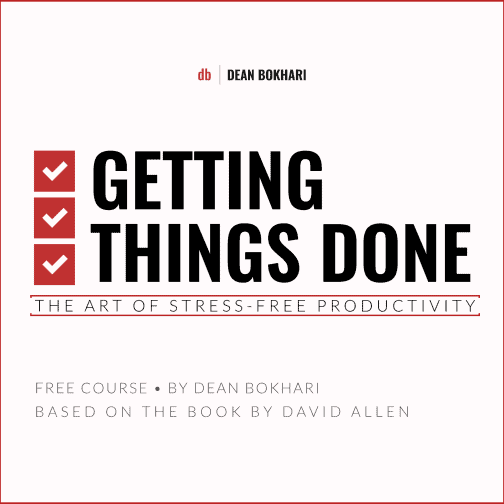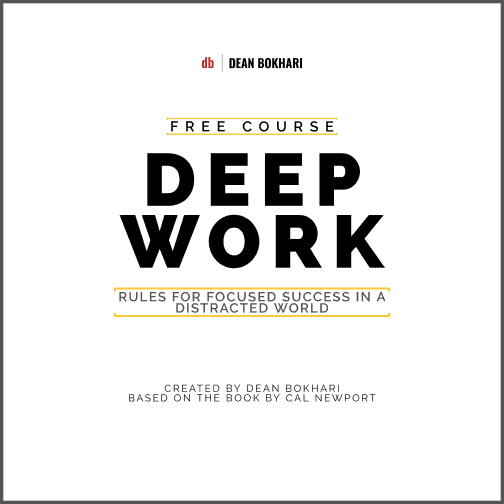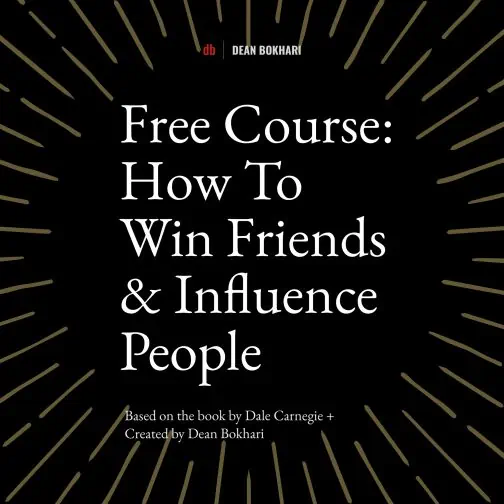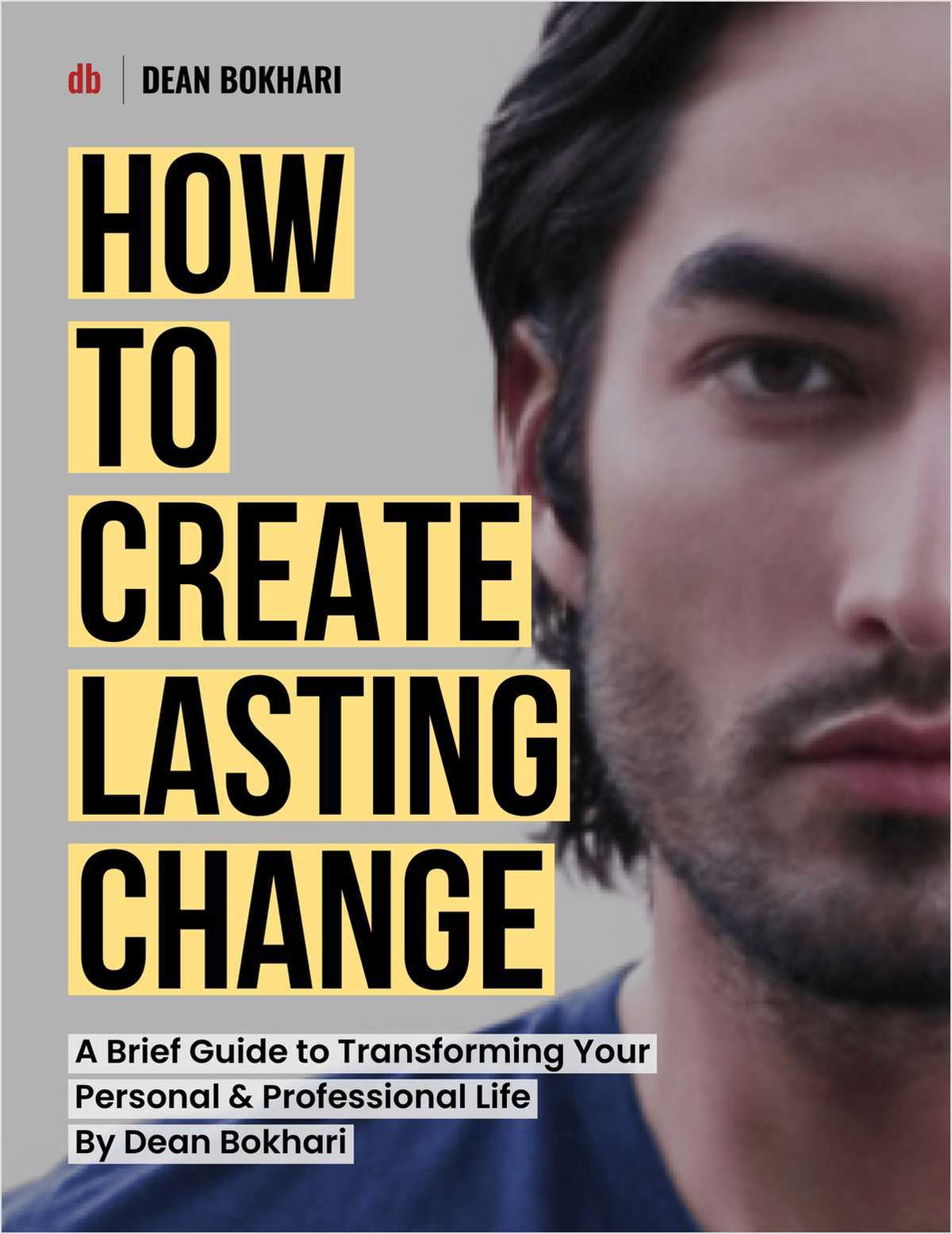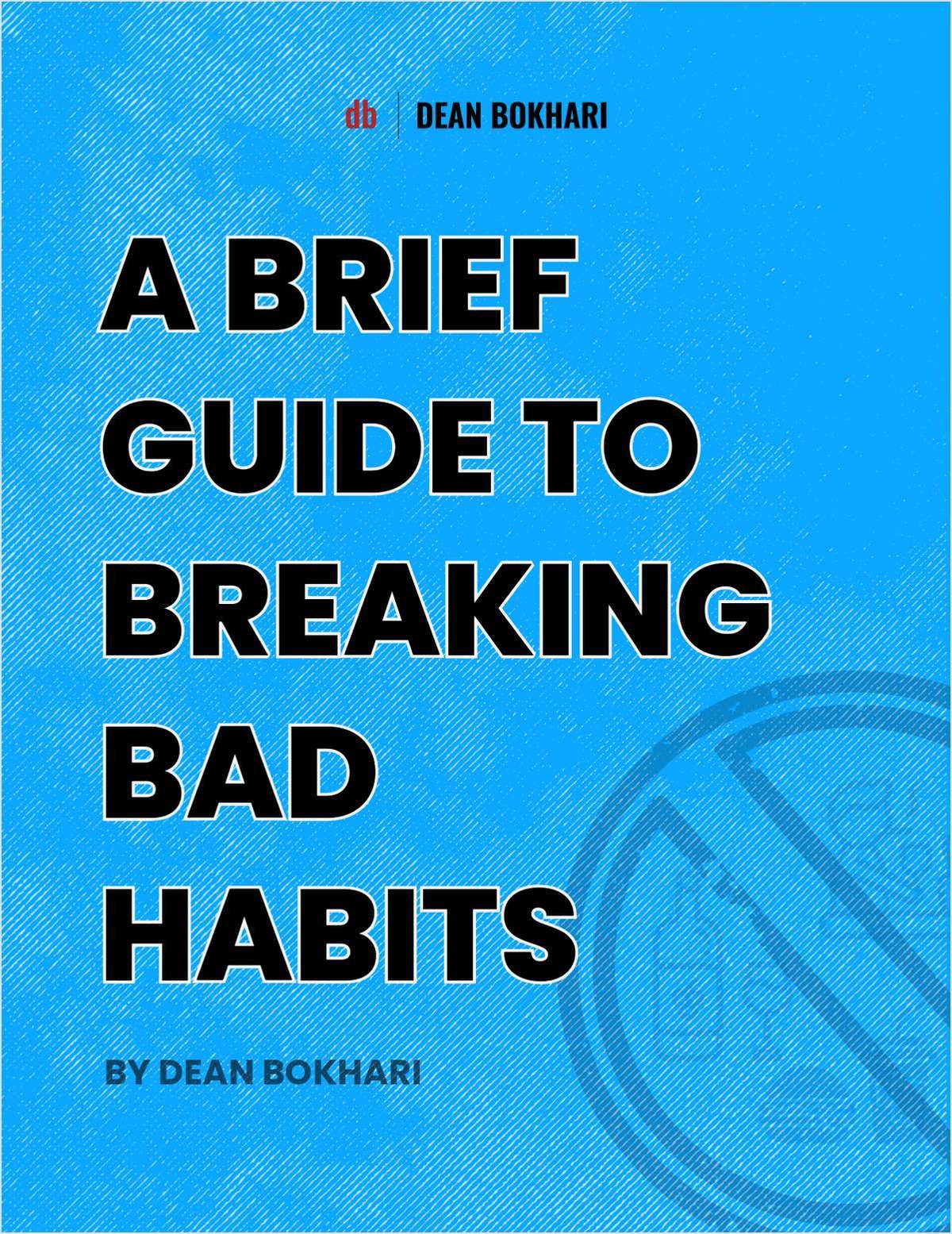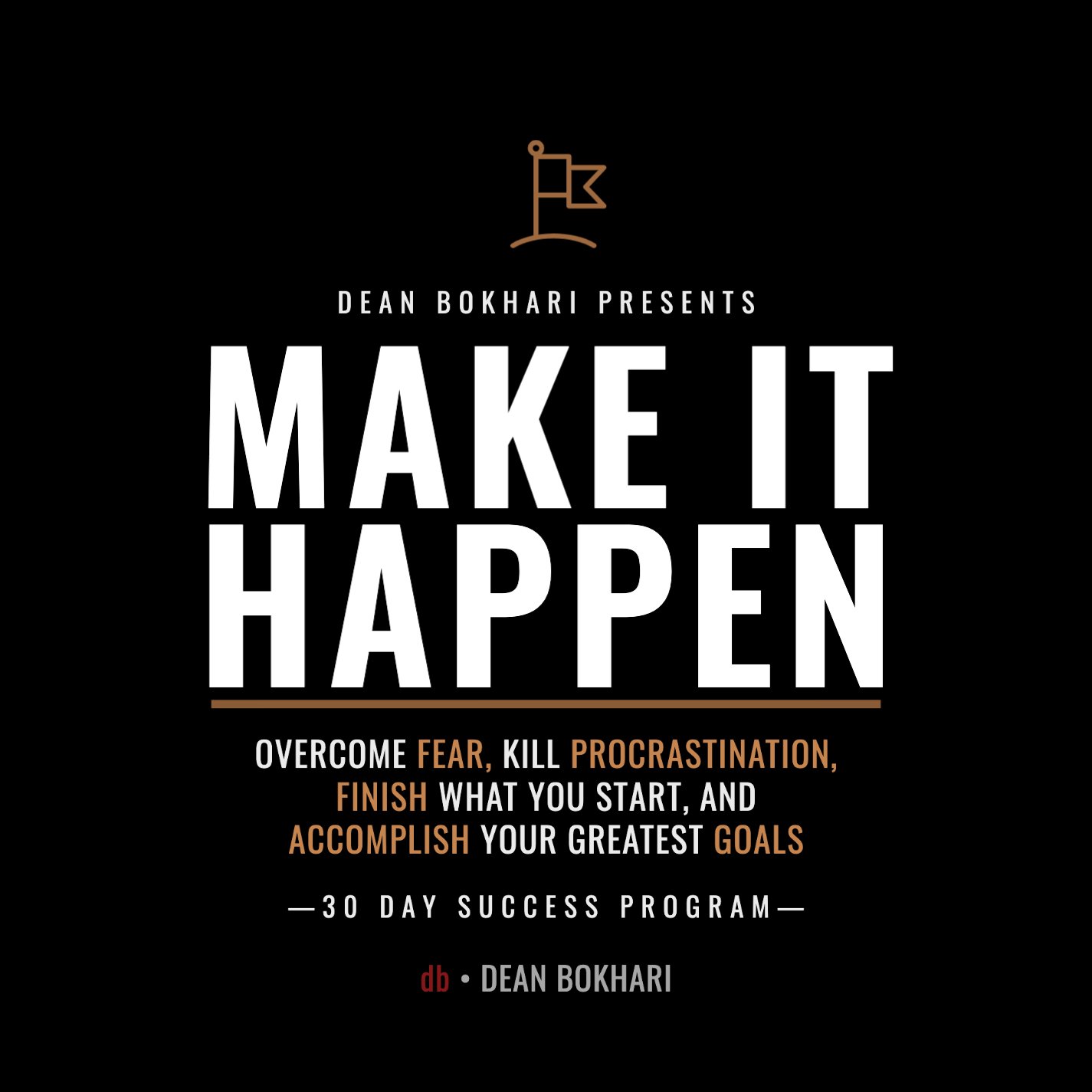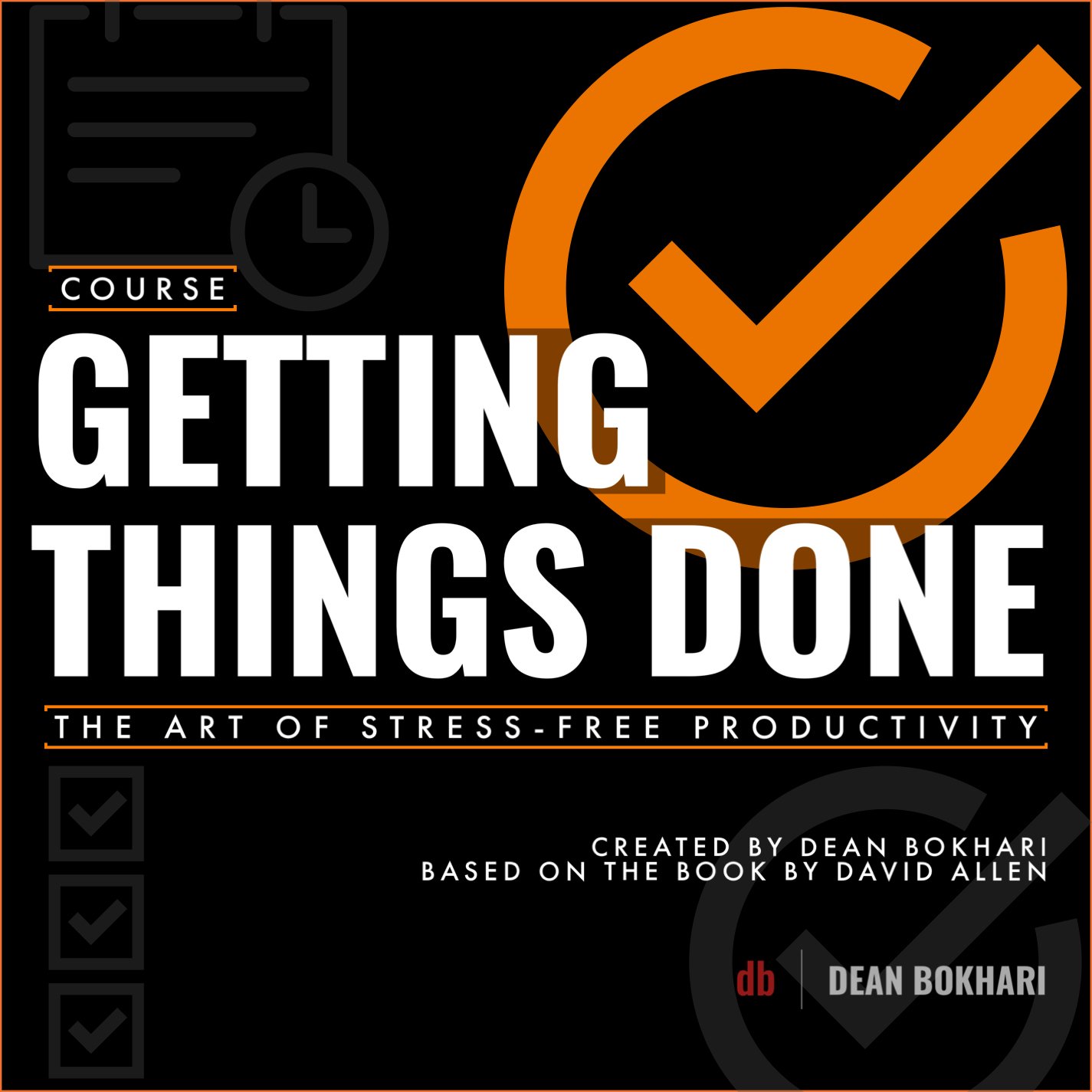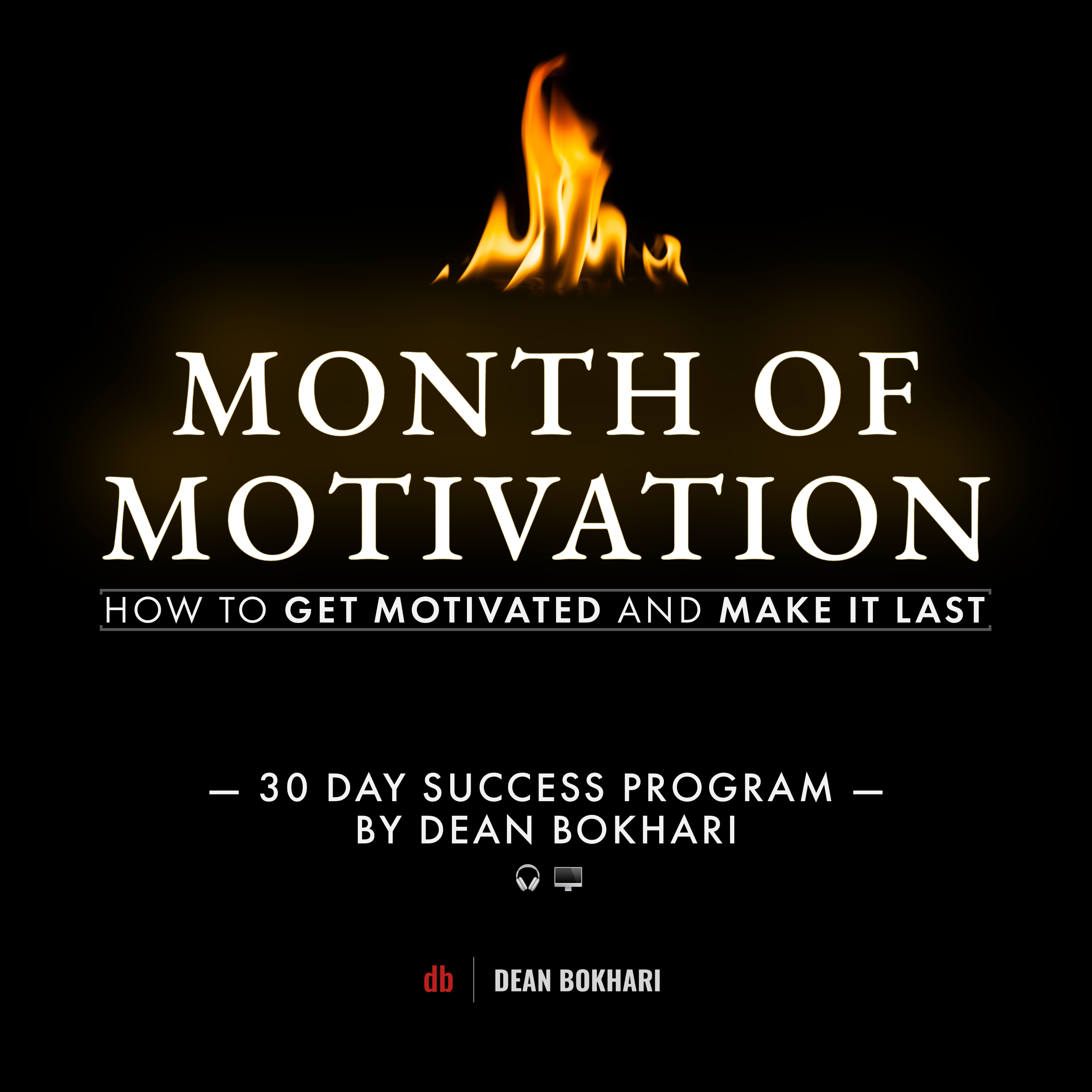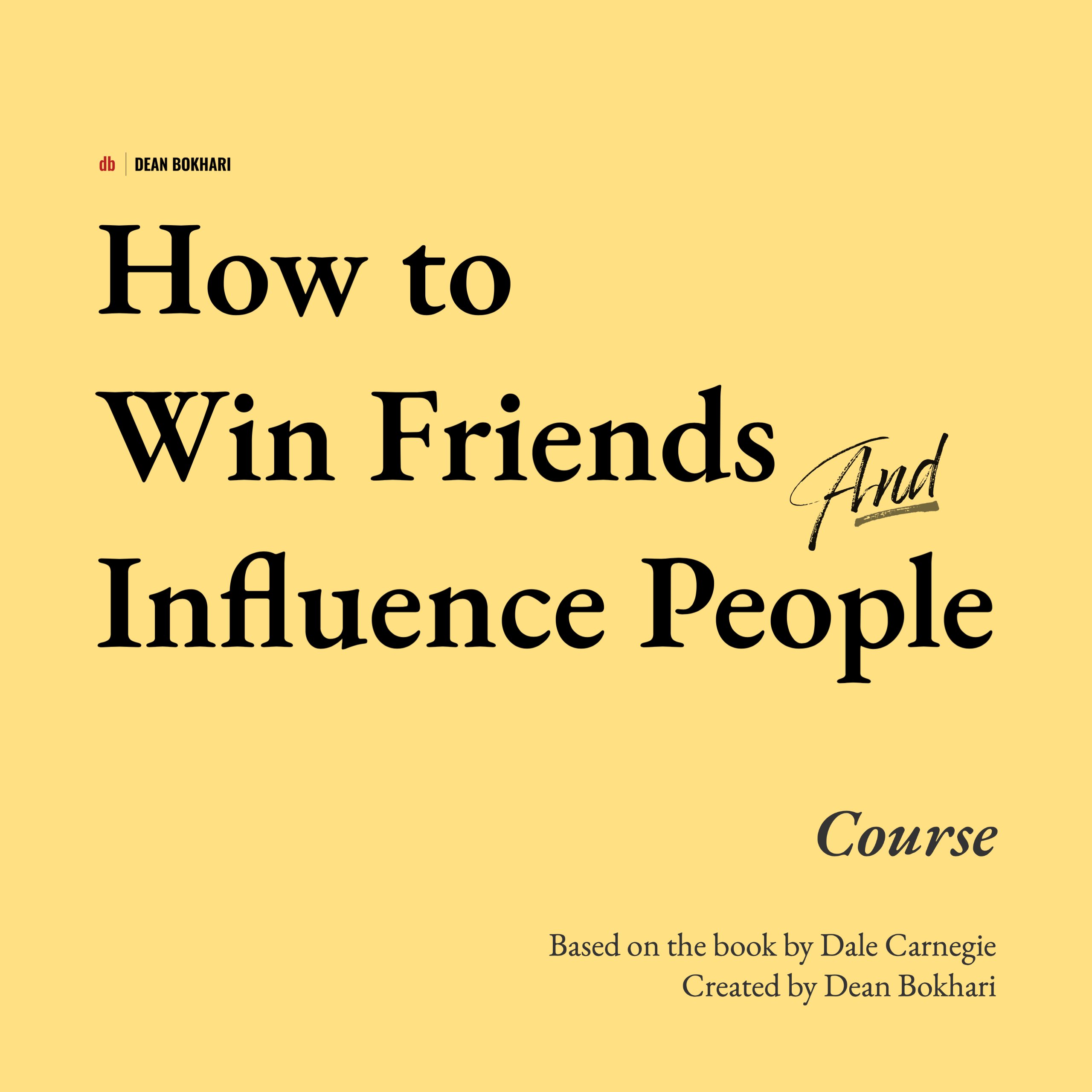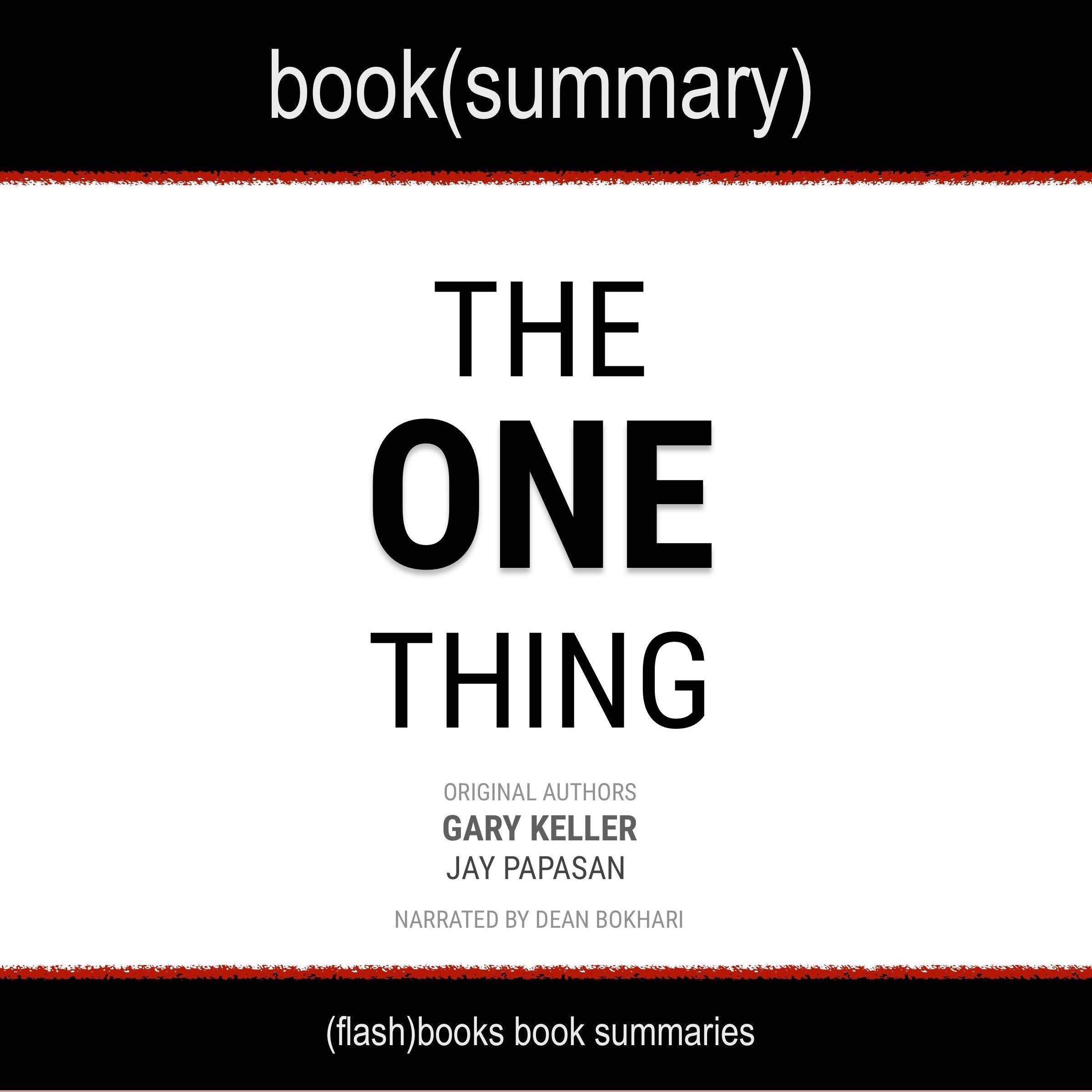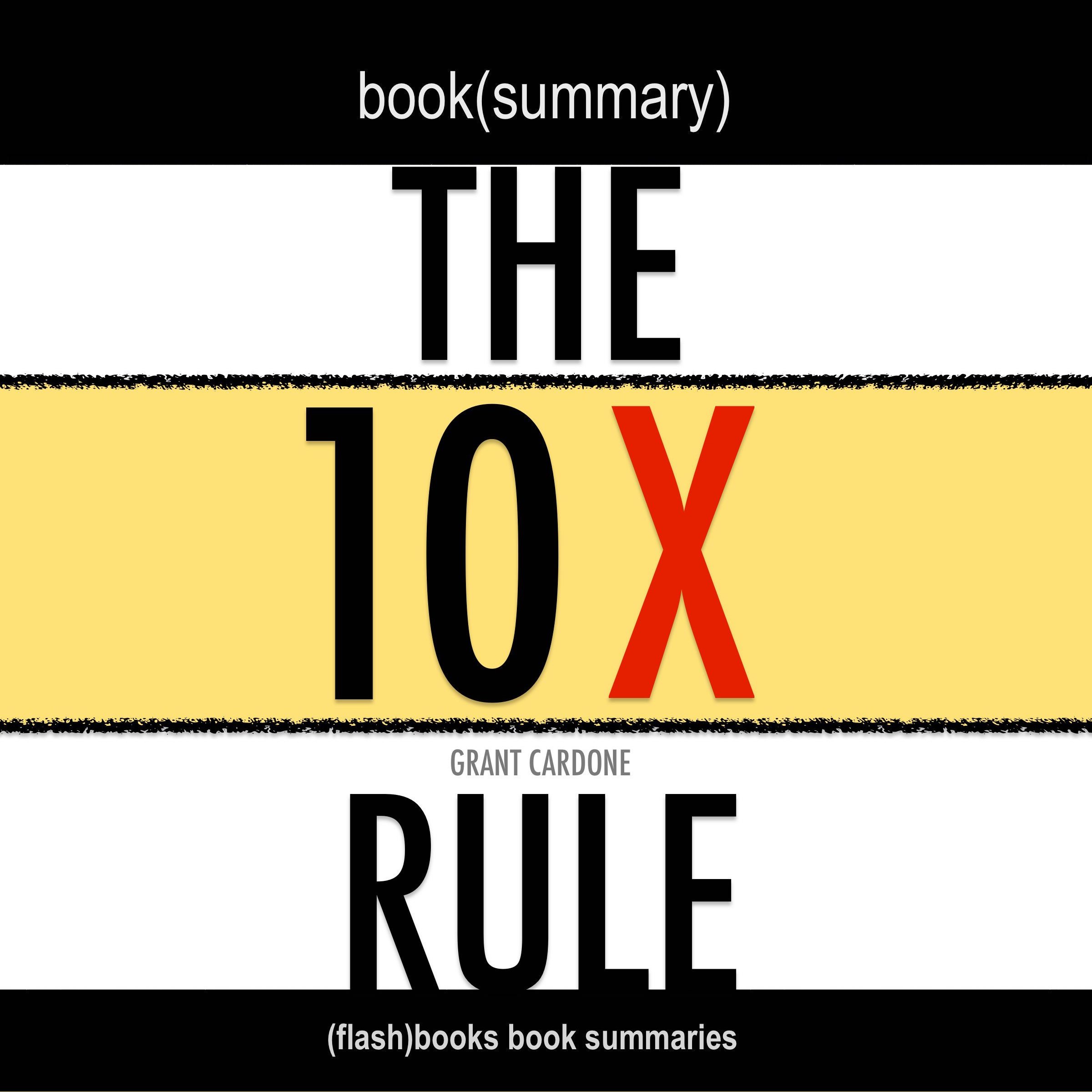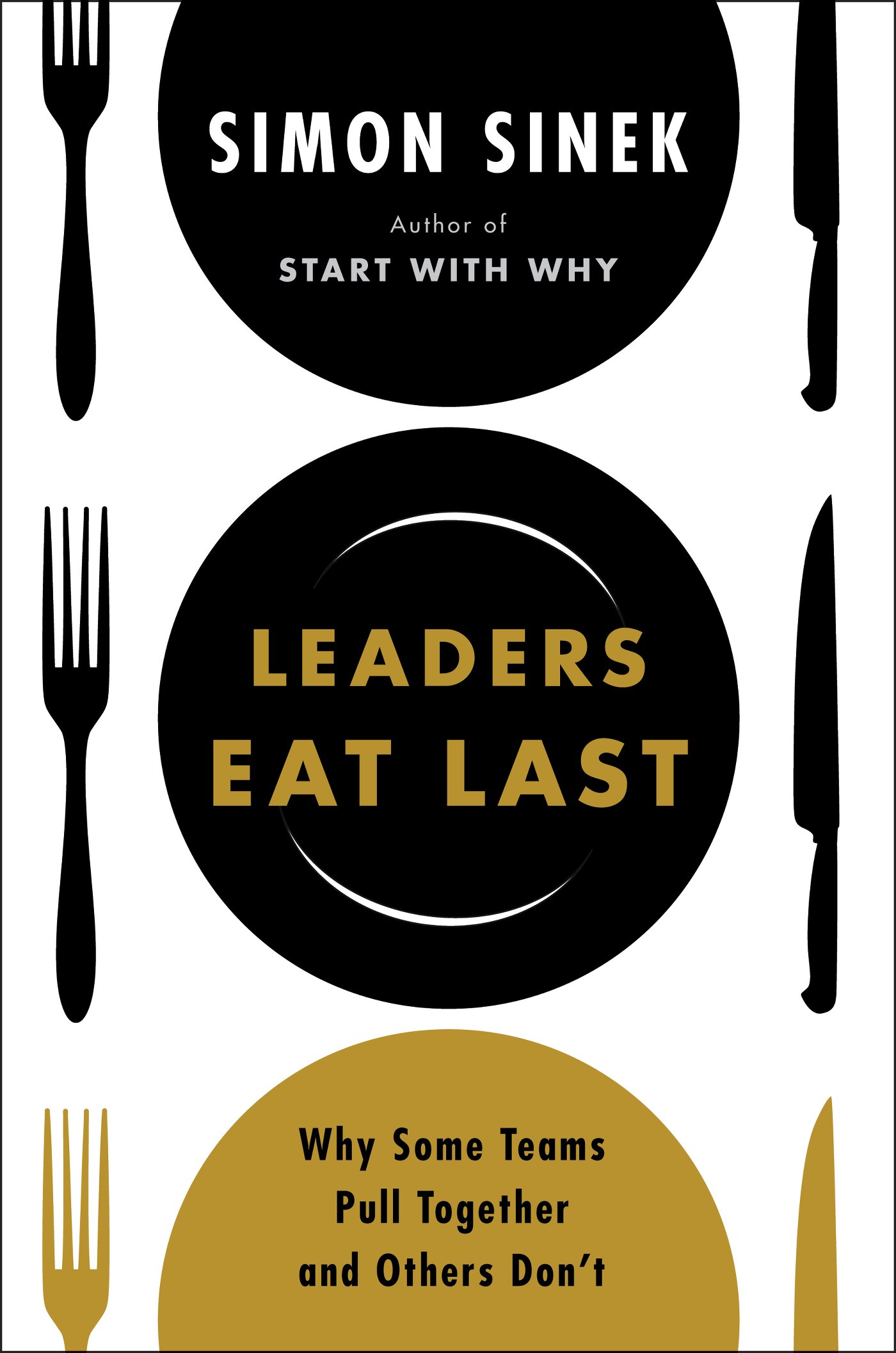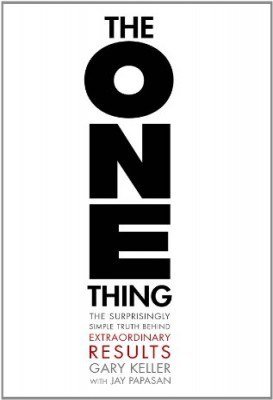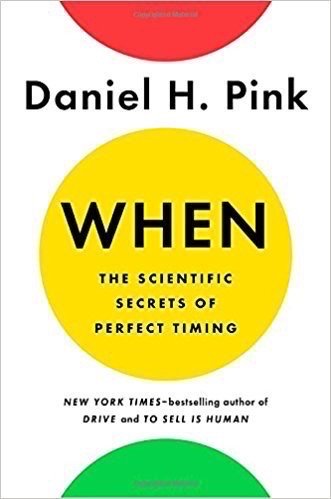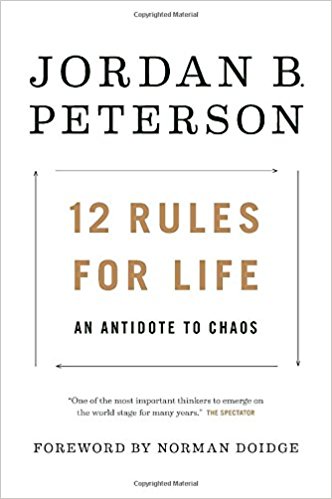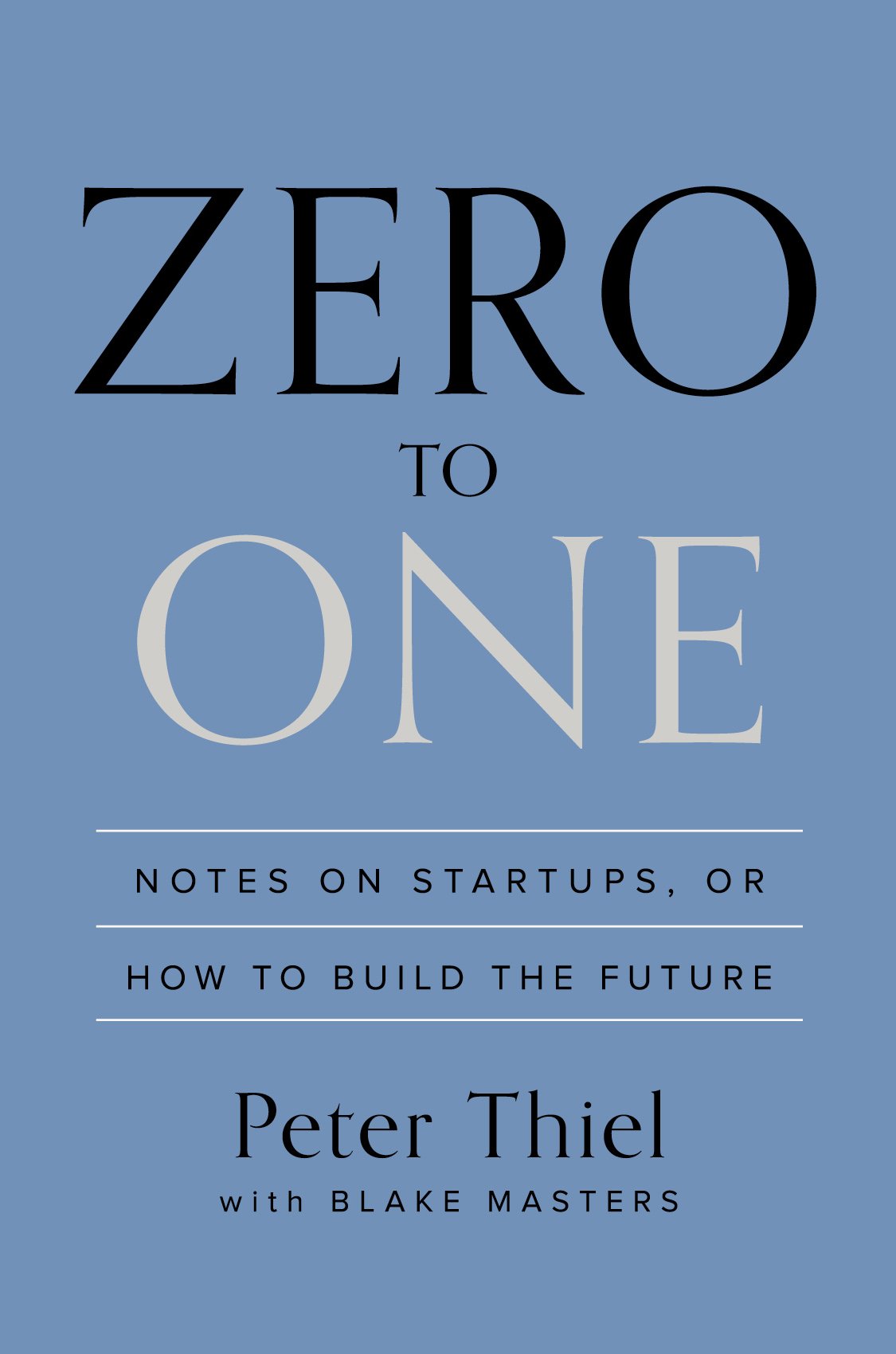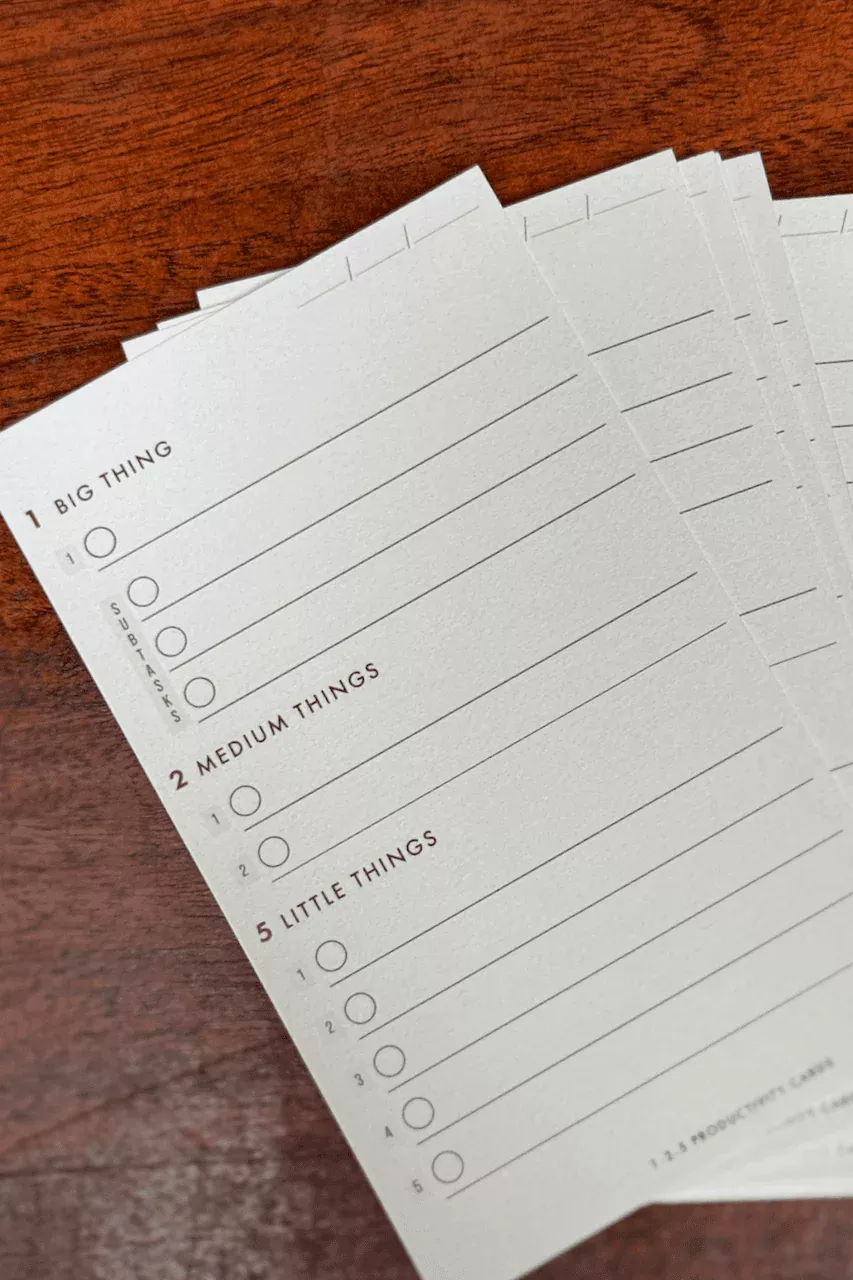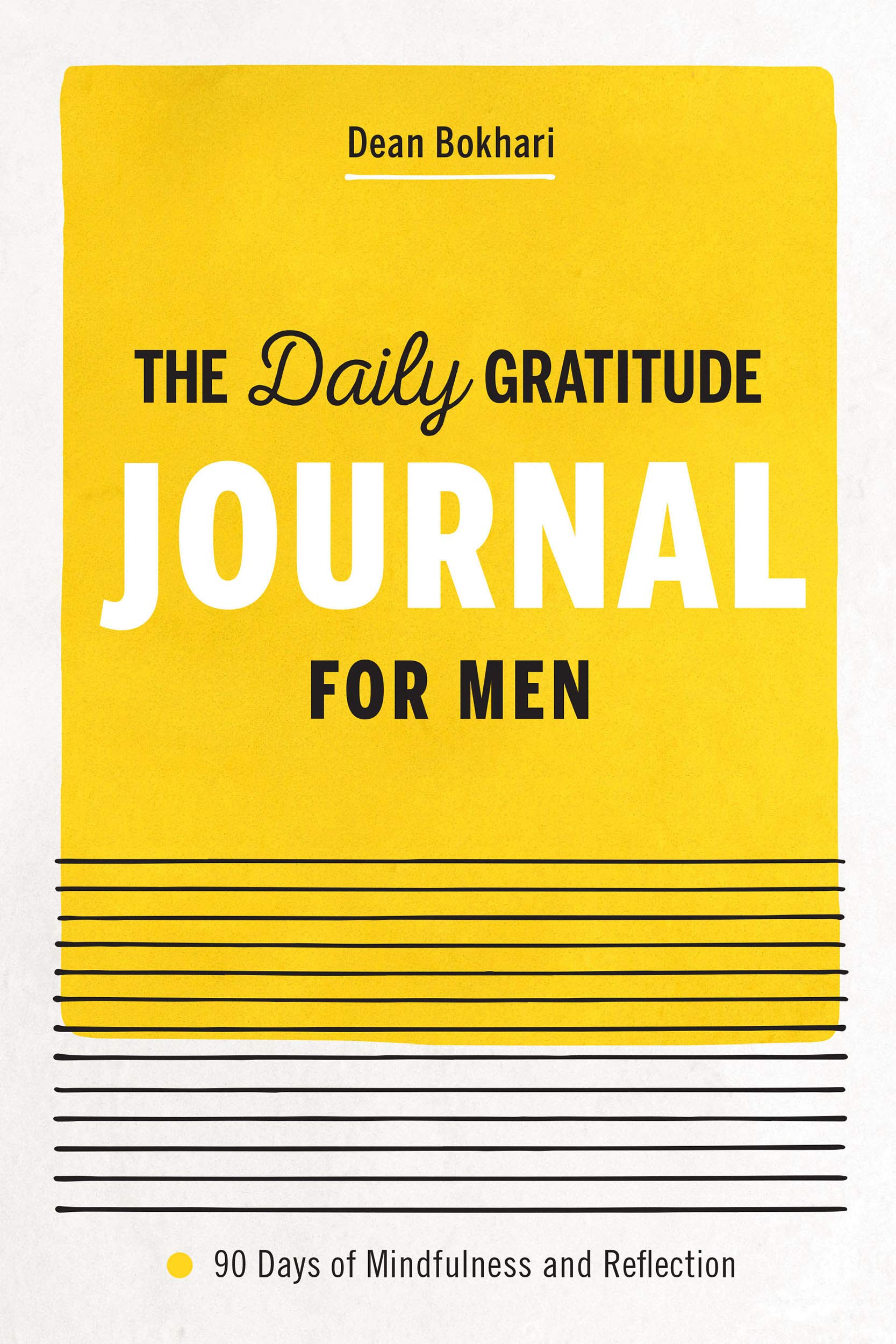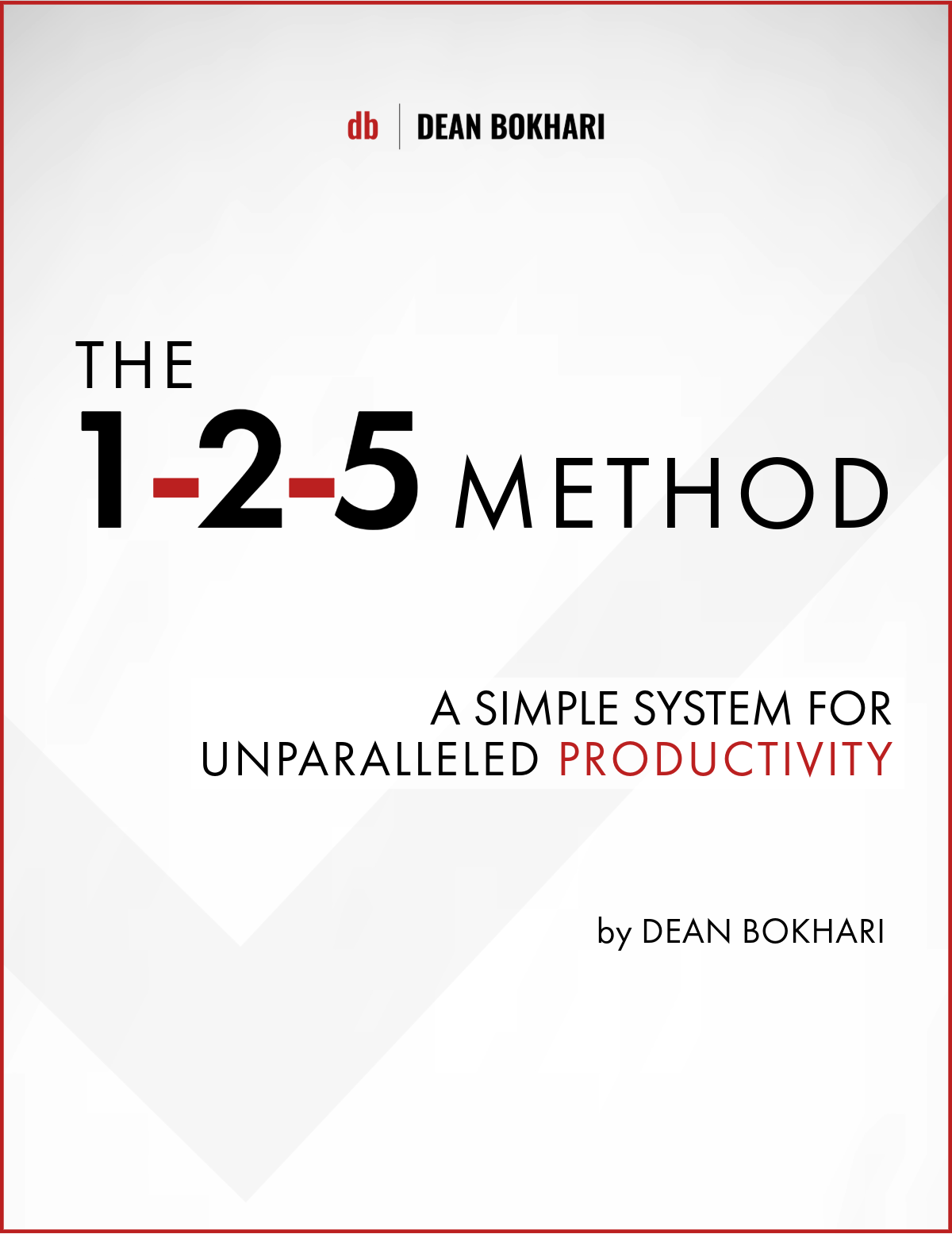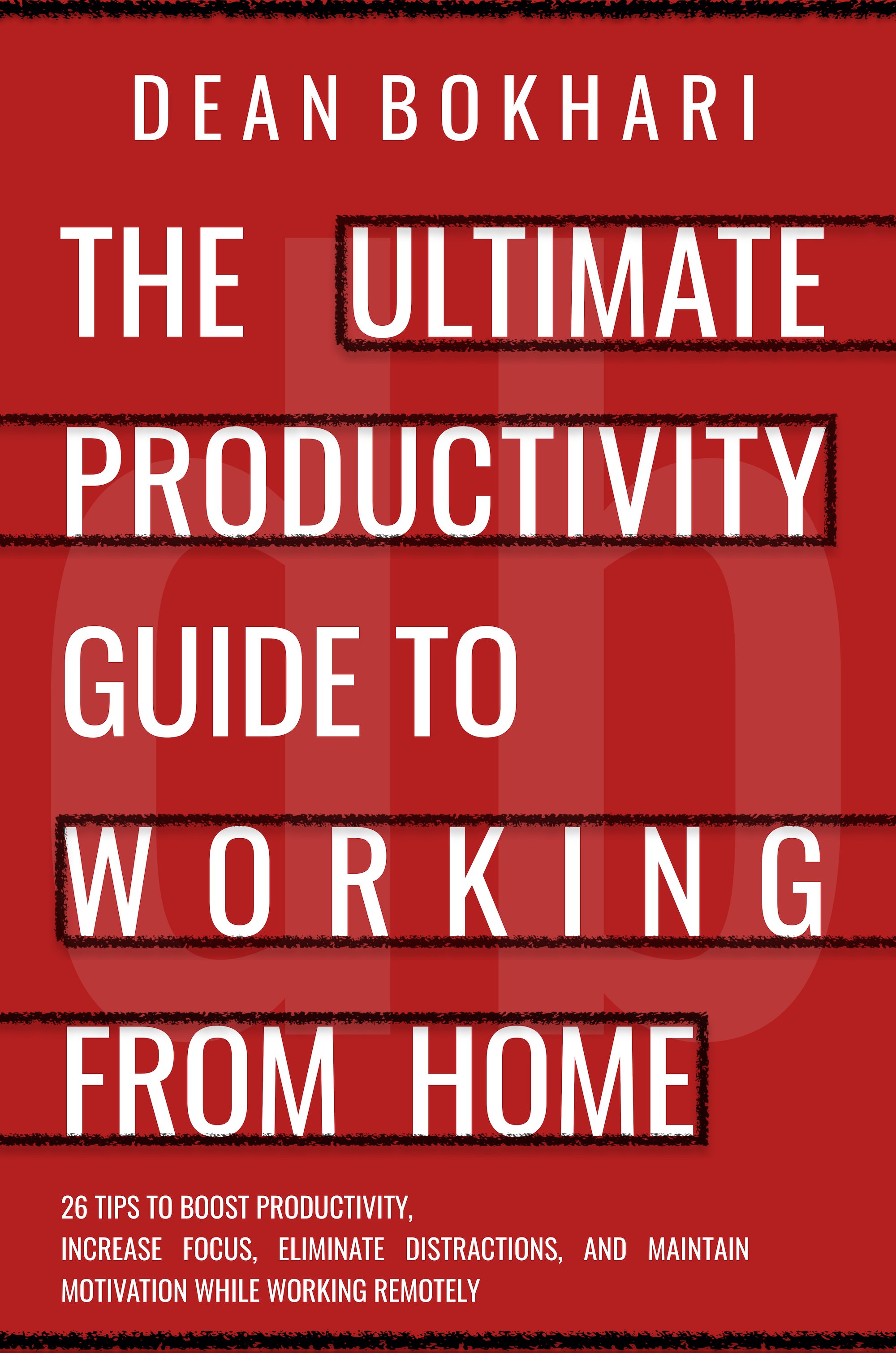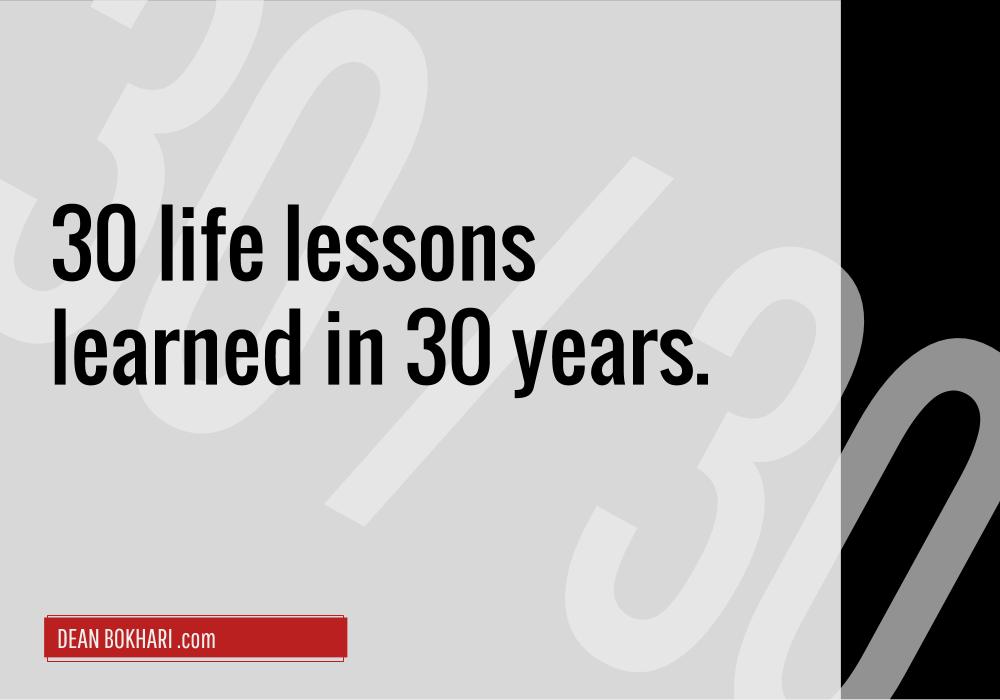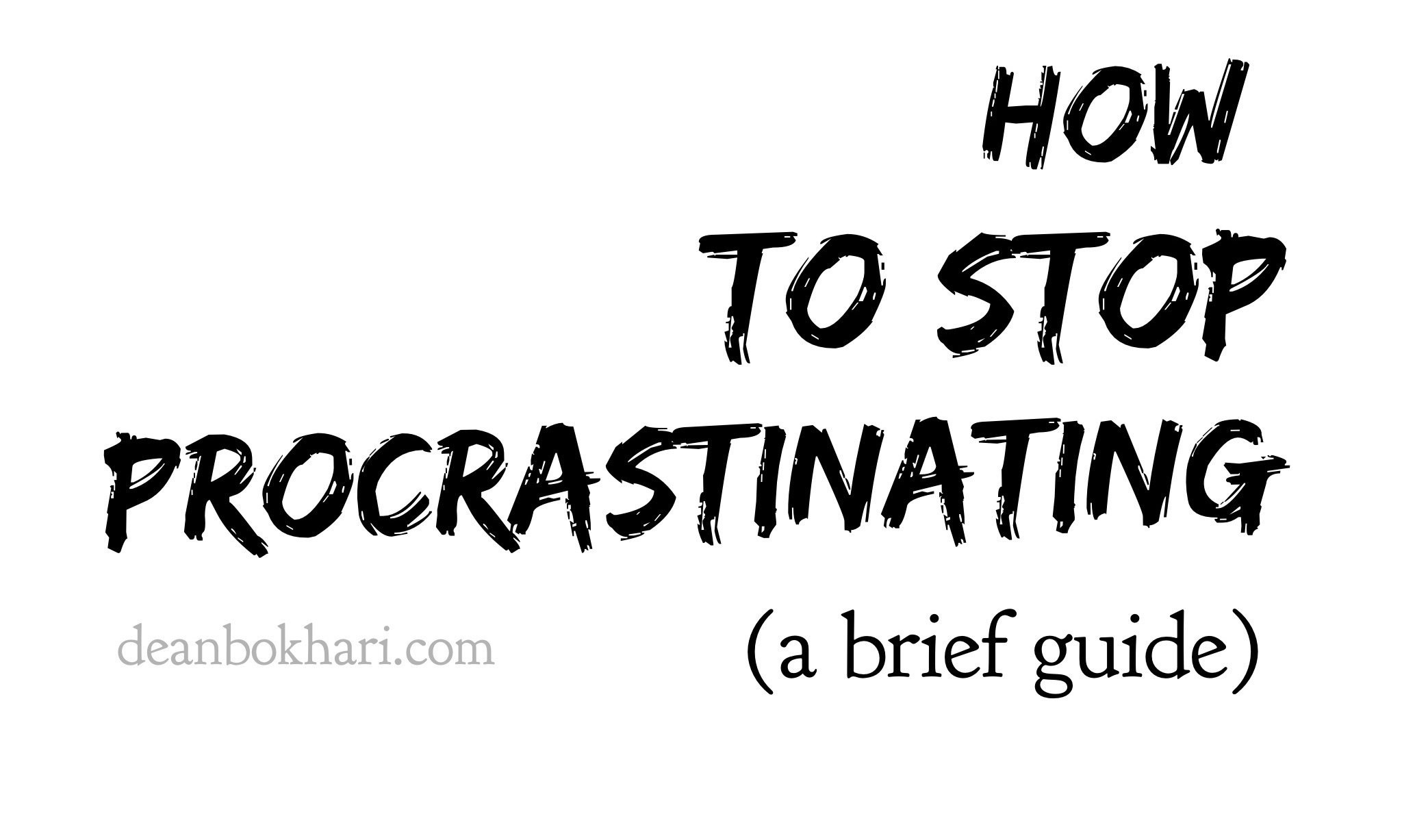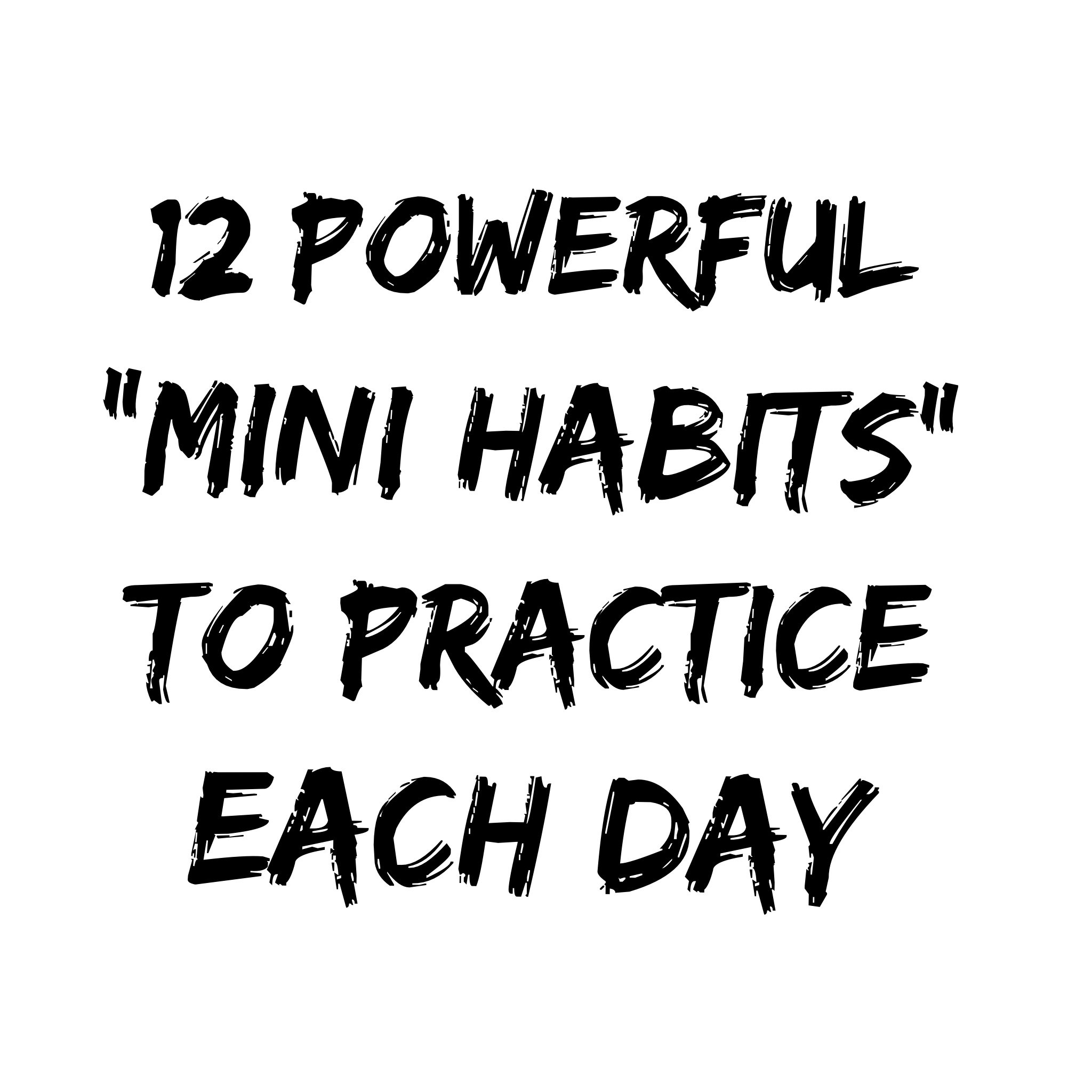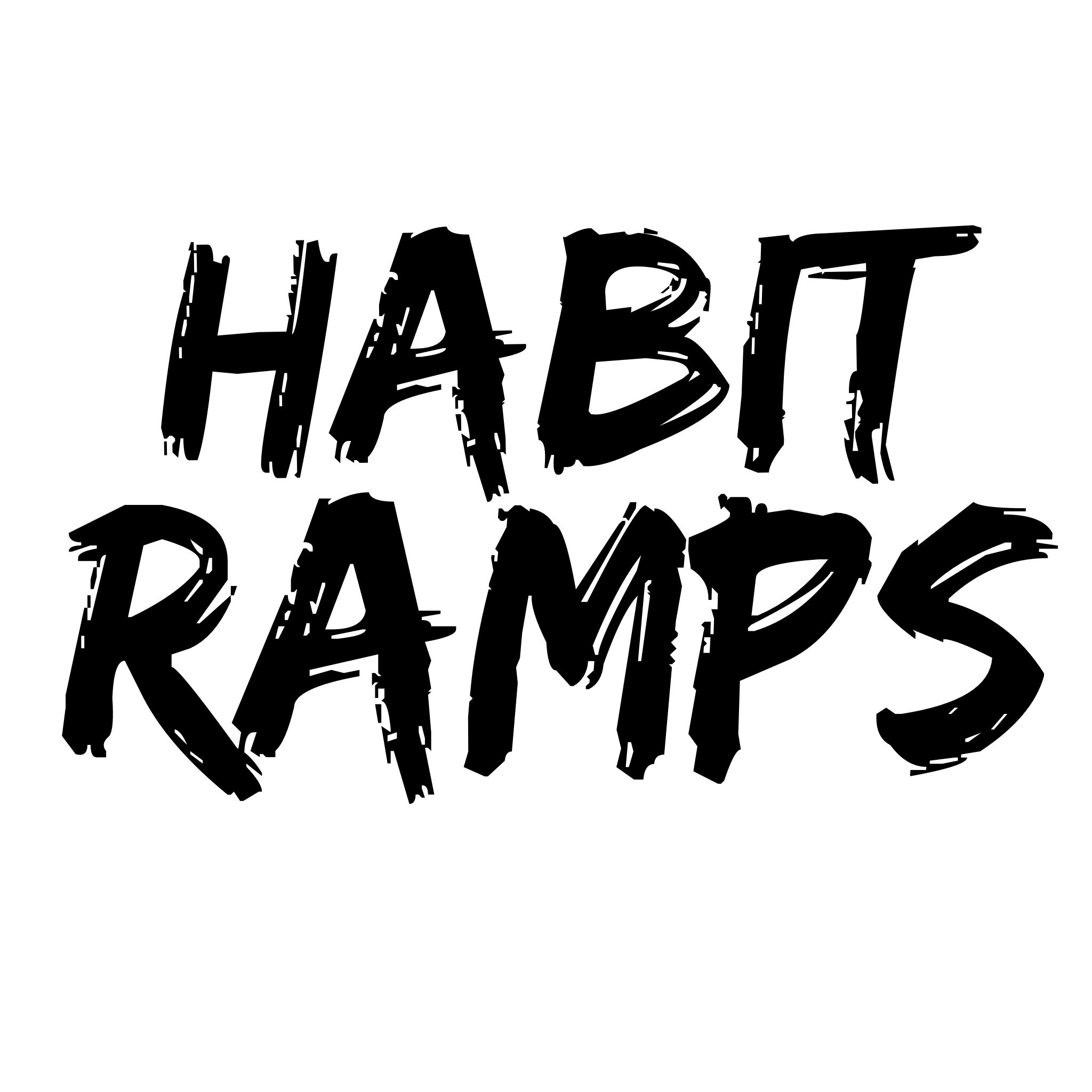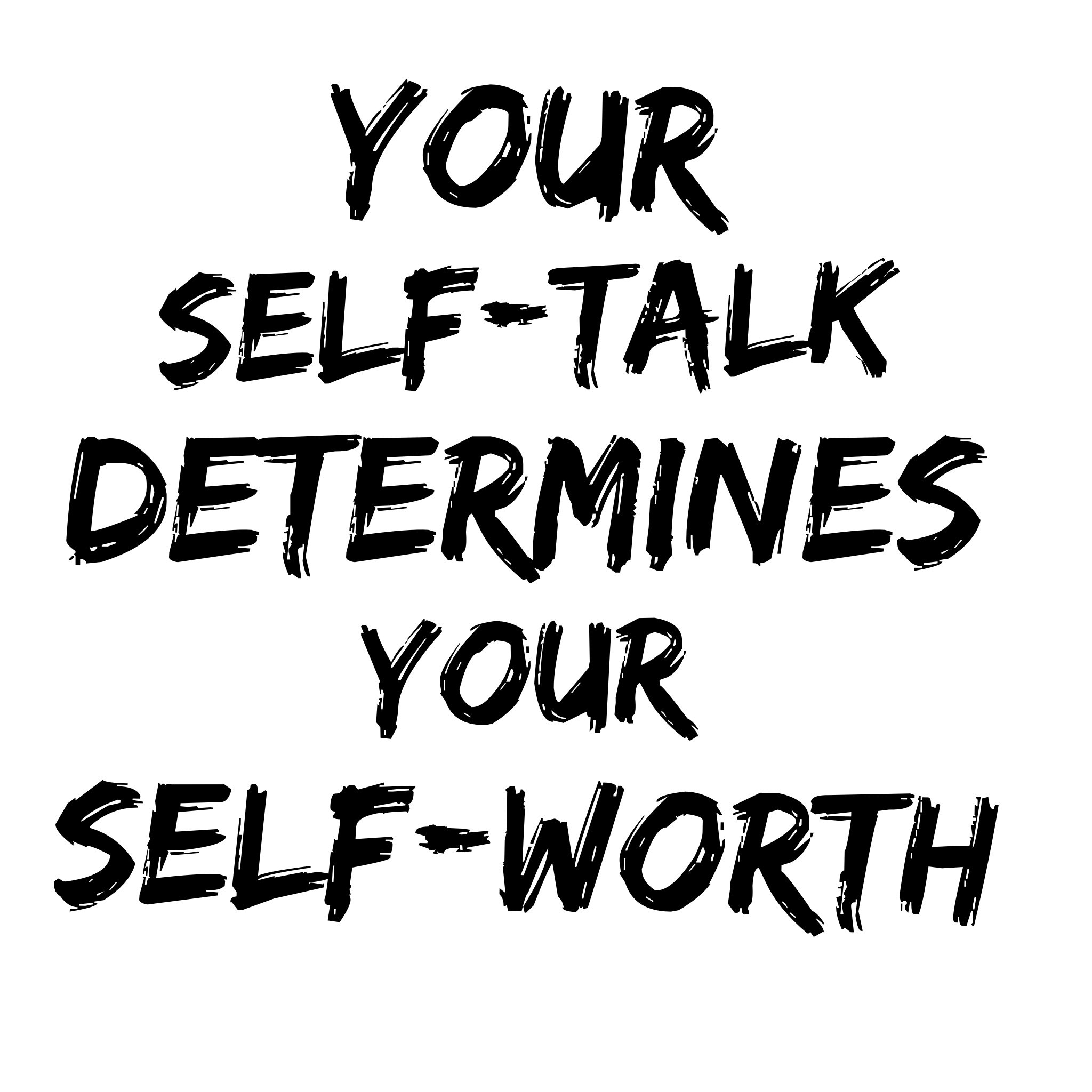Book Summary: Atomic Habits: An Easy & Proven Way to Build Good Habits & Break Bad Ones by James Clear
Versions Available: Article, Audio (Podcast)
In this article + podcast episode combo, we'll be looking at some of my favorite Big Ideas from the book, Atomic Habits by James Clear (checkout the full book summary here.)
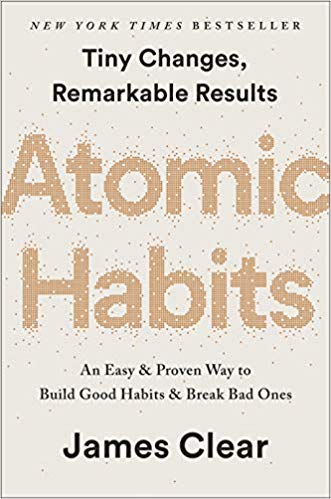
Overview
Atomic Habits by James Clear is packed with powerful and practical advice on how to form good habits and break bad ones. In the book, Clear outlines the latest findings from various fields—including psychology, biology, and neuroscience—to create a simple and effective how-to guide for making good habits possible. “Habits are the compound interest of self improvement…” Prepare to yield massive returns.
Here's what you'll learn about in this summary:
Crucial quotes
”This is the meaning of the phrase atomic habits—a regular practice or routine that is not only small and easy to do but also the source of incredible power; a component of the system of compound growth.”
“Goals are good for setting a direction, but systems are best for making progress.”
“When nothing seems to help, I go and look at a stonecutter hammering away at his rock, perhaps a hundred times without as much as a crack showing in it. Yet at the hundred and first blow, it will split in two, and I know it was not that last blow that did it—but all that had gone before.”
Tweetable summary
Tiny persistent steps over time will breed powerful results. Forget the goal, focus on the process, make high-level changes.
3 big ideas from Atomic Habits by James Clear
1. Aim to get 1% better each day
“If you can get 1 percent better each day for one year, you’ll end up thirty-seven times better by the time you’re done. Conversely, if you get 1 percent worse each day for one year, you’ll decline nearly down to zero.”
Focus on making small improvements each day, over time those small improvements will equate to massive change. Bad habits also compound over time, if you delay working on something every day, the bad habit of procrastinating will multiply and seep into other areas of your life.
For example, you want to lose weight. Instead of focusing on losing 50 lbs, concentrate on working out for 30 minutes three times a week for 30 days. Over time you will begin to see changes in your body. Thirty minutes a day, three times a week for 52 weeks is 4680 minutes worth of exercise.
In the book, Clear tells a story about the British cycling team. Since 1908, British cyclists won only one gold medal at the Olympics, and in over a century, no British cyclist had ever won the Tour de France. In 2003, the team hired Dave Brailsford as their new coach/performance director.
Brailsford’s coaching strategy was an interesting one. His method was to push the team to get 1% better each day. He dug deep, searching for tiny improvements that could be made on a daily basis.
- They had the seats redesigned for extra comfort and stability
- They put rubbing alcohol on the tires for better grip
- They experimented with different racing suits for better aerodynamics
- They tested various massage gels for better muscle recovery
- They tested electrically heated shorts
The changes they made were tiny, but over time they made a significant impact. From 2007 to 2017, the British Cycling team won 178 world championships, 66 Olympic or Paralympic gold medals and they had 5 Tour de France wins.
In a nutshell, tiny improvements often appear small, but minute changes are transformational if you stick with it.
Actionable insight(s):
Set yourself a challenge to get 1% better each day for the next 30 days. If you want to improve your knowledge on a particular topic, for example, read five pages every day. Writing a book? Write five pages a day for the next 30 days. Pay attention to small action steps, make small changes and achieve more.
“All big things come from small beginnings. The seed of every habit is a single, tiny decision. But as that decision is repeated, a habit sprouts and grows stronger…”
2. The four laws of BEHAVIOR change
“The Four Laws of Behavior Change are a simple set of rules we can use to build better habits. They are (1) make it obvious, (2) make it attractive, (3) make it easy, and (4) make it satisfying.”
- Make it OBVIOUS: Don’t hide the books you need to read or the fruit you want to eat, display them to remind yourself to form new habits.
- Make it ATTRACTIVE: Read the books you like to read, and it’ll encourage you to read more.
- Make it EASY: If you want to eat more fruit, eat the fruits that are easy to eat.
- Make it SATISFYING: If you are satisfied, you will want more.
Apply this to all good habits, and do the opposite for bad habits: Make them invisible, unattractive, difficult and unsatisfying.
Actionable insight(s):
Whenever you want to change your behavior, focus on these factors:
- How can I make it obvious?
- How can I make it attractive?
- How can I make it easy?
- How can I make it satisfying?
For example:
- How can I make it obvious? Establish a running habit by placing your running shoes at the foot of your bed.
- How can I make it attractive? Buy nice running shoes and some new workout clothes.
- How can I make it easy? By starting small—I can run or walk for ten minutes a day.
- How can I make it satisfying? By preparing a delicious, healthy meal when I’ve finished my run.
3. Temptation bundling
”We need to make our habits attractive because it is the expectation of a rewarding experience that motivates us to act in the first place. This is where a strategy known as temptation bundling comes into play.”
To illustrate this Big Idea, Clear tells the story of an engineering student named Ronan, who had the unhelpful habit of constantly binging shows on Netflix. Ronan wanted to binge-watch less and exercise more.
But he had a big problem on his hands—he LOVED binge-watching and HATED exercising.
So, he came up with a clever solution: he connected his stationary bike to his laptop and television… then, he coded a computer program that allowed him to watch Netflix only if he was also cycling at a certain speed. When he slows down, his TV (or laptop) automatically pauses. When he picks up the pace again, it starts playing again.
Ronan’s solution to developing his exercise habit is an excellent example of temptation bundling, which works by linking an action you want to do with an action you need to do.
For Ronan, bundling Netflix (the thing he wanted to do) with exercising on his stationary bike (the thing he needed to do) was exactly what he needed to get himself going.
So, how does this apply to you? And how can you use temptation bundling in your own life?
Here’s the temptation bundling formula:
- After [HABIT I NEED], I will [HABIT I WANT].
Some examples:
- If you need to wash your dishes, but want to watch YouTube:After I wash my dishes, I will watch YouTube videos for 20 minutes YouTube.As an alternative option, you can choose to combine the two—like Ronan did with his exercise bike + Netflix—by watching YouTube only while you’re washing your dishes.
- If you want to read the news, but need to read a book:After I read my book for 30 minutes, I’ll read the news for 20 minutes.
- If you need to do some writing for work, but feel like you want to surf the web instead:After I’ve done 60 minutes of uninterrupted writing, I’ll check my favorite blogs for 30 minutes.
Now, let’s talk about how YOU can do the same with your own habits…
Actionable insight(s):
- Think about a habit you need to develop,
- Next, think about a habit you want (that you enjoy or like to do).
- Now use the temptation bundling formula to bring it together and make it happen: “After [HABIT I NEED], I will [HABIT I WANT].”
WANNA GET THE FULL VERSION OF THIS BOOK SUMMARY?
Checkout the full version of this summary of Atomic Habits by James Clear at FlashBooks Book Summaries.
Signup now for just $1 to get full access to this book summary, and hundreds of other Personal Development & Business Book Summaries that you can read or listen to, anytime, anywhere.
Get started for just $1 here (cancel anytime)
Additional links + resources
LIVE LIKE YOU GIVE A DAMN,
Dean Bokhari
- If you find the podcast helpful, please rate + review it on Apple Podcasts »
- Got a Self-Improvement question you'd like me to cover? Submit it here »
"Dean Bokhari's Meaningful Show is the Self-Improvement Podcast I've been
waiting for. It's actionable, inspiring, and BS-Free." —Brett Silo
✨ New Series: How to Become an Early Riser
- Discover key methods to make early rising a habit
- How to wake up early + energized every morning
- Morning routines for health + success
Free self-development courses
👇
Tap on any of the courses below to start learning how to:
- boost your productivity (with GTD),
- get focused (with Deep Work),
- or learn the art of influencing others (with the How to Win Friends & Influence People course.)
All for free.
👇
Free life guides
👇
Best-selling Self-development courses by Dean Bokhari
Kill procrastination.
|
Get stuff done.
|
Get motivated.
|
Connect with anyone.
|
freshly pressed:
Top Audiobooks narrated by Dean Bokhari on audible | |
Book summaries
- The Power of Habit by Charles Duhigg
- 12 Rules for Life by Jordan B. Peterson
- Presence by Amy Cuddy
- Leaders Eat Last by Simon Sinek
- The ONE Thing by Gary Keller, Jay Pasan
- Deep Work by Cal Newport
